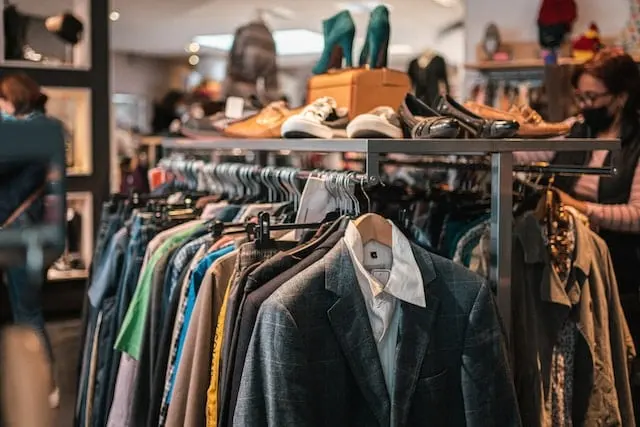Classic Craftsmanship Makes Antique Furniture A Valuable Investment
Antique furniture holds a timeless appeal, not only for its aesthetic beauty but also for its investment value. Crafted by skilled artisans using traditional techniques, these pieces exhibit an unmatched level of detail and durability. Unlike mass-produced modern furniture, which often sacrifices quality for cost efficiency, antique pieces were built to last, using high-quality wood and intricate joinery methods. Their unique charm and historical significance make them highly sought after by collectors and interior enthusiasts alike. Owning such furniture is not just about functionality; it is about preserving a piece of history that has withstood the test of time. One of the defining characteristics of antique furniture is its exquisite craftsmanship. Handmade by artisans who dedicated years to mastering their skills, these pieces showcase intricate carvings, elegant inlays, and finely detailed embellishments. The use of dovetail joints, mortise and tenon connections, and hand-applied finishes are testaments to the meticulous attention given to their construction.

Unlike modern furniture, which often relies on assembly lines and synthetic materials, antique pieces tell a story of dedication, precision, and artistic expression. The materials used in antique furniture further add to its value and appeal. Hardwoods such as mahogany, oak, walnut, and cherry were commonly used, known for their durability and rich, natural grain patterns. These woods were carefully selected, seasoned, and treated to ensure longevity, allowing the furniture to maintain its structural integrity over centuries. The patina that develops over time enhances its character, giving each piece a distinct charm that cannot be replicated by newer furniture. This natural aging process makes antique furniture even more valuable as the years go by. Beyond aesthetics and craftsmanship, antique furniture is a sustainable choice. With the increasing awareness of environmental issues, many people are turning to vintage and antique pieces as an eco-friendly alternative to mass-produced items.
The long lifespan of Antique furniture reduces the demand for new resources, minimizes waste, and prevents the use of harmful synthetic materials. By investing in these timeless pieces, individuals contribute to the conservation of natural resources and promote a culture of sustainability. The investment potential of antique furniture is another reason for its enduring popularity. Unlike modern furniture, which depreciates quickly, antique pieces often appreciate in value over time. Their rarity, historical significance, and expert craftsmanship make them highly desirable among collectors and enthusiasts. While trends in contemporary furniture come and go, the appeal of antique pieces remains consistent, making them a sound financial investment. Many collectors pass their treasured furniture down through generations, further increasing its sentimental and monetary worth. Restoration and preservation play an essential role in maintaining the value of antique furniture.